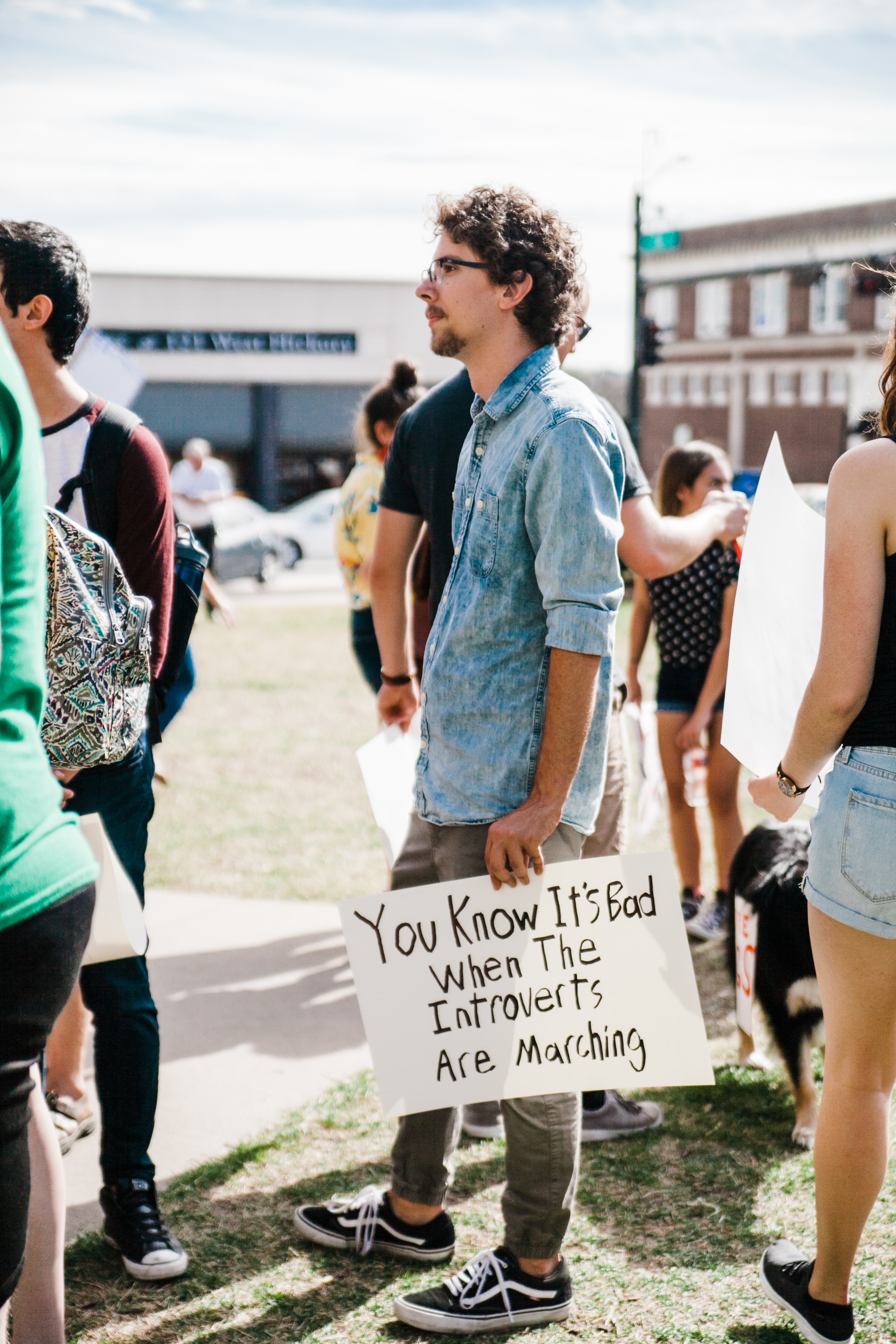Second-Order Thinking
Brief Overview:
Photo by ALP STUDIO on Unsplash
Imagine for a moment a pebble in your hand. Your hand hovering over a pond. You gently unclasp your hand and let the pebble fall, ever so, into the pond. What happens? You get ripples. Plural. A lot of times we make decisions we barely even think about what might be one ripple effect, let alone a second, third, nth effect. This is what second-order thinking is. You map out just what might happen (both positive and negative...WHAT?! A negative effect from one of our grand decisions??!) so that you acknowledge the different possible outcomes out there.
Another important part of this is to make sure you revisit decisions that have been made, to see if there were any ripples that may have popped up that you weren´t expecting.
Classroom Connection:
This one stresses me out! Just think of all the interventions we do, the responses that we create, the reactions that come out of us, and all of the ripples that we create, every, single, day. So just start with one. If you intervene with a student, might their be negative consequences? What if your intervention is one that has to happen at home, after school. What if the student in question has a TON of stuffing going on outside of school and your intervention is something they have to do at night, before they go to bed. A suppose, just for a moment, that they have to stay up later than normal, to work on this wondrous intervention. And now multiply that by two weeks (or four, however long your intervention is ((it´s not the whole year is it?)). Is this student worse off, because they are tired and not getting enough sleep and so they are missing out on other information that they are unable to learn because their brain is not functioning at optimal levels...and so they need another intervention...
A Video Reflection:


